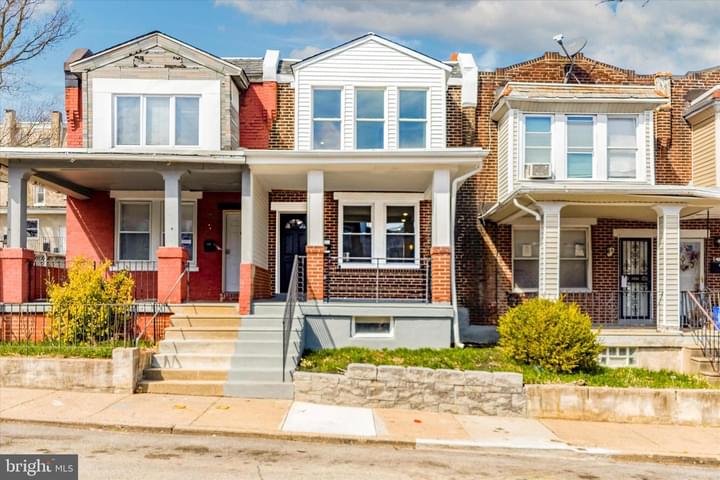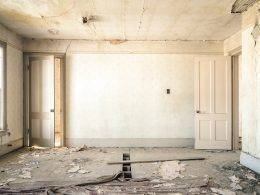Introduction
Welcome to an exploration of a pressing issue that has shaped the American landscape – homeownership disparities among Black Americans. Our guide on this journey is a seasoned historian with a passion for social justice. With years of experience studying racial disparities, they bring a unique perspective to the complex issue of homeownership hurdles faced by Black Americans.
The Historical Context of Homeownership in America
Homeownership is often seen as a cornerstone of the American Dream. However, this dream has not been equally accessible to all. For Black Americans, the path to homeownership has been fraught with systemic obstacles, both historical and contemporary.
The Legacy of Redlining and Its Impact on Black Homeownership
One of the most significant barriers to Black homeownership was the practice of redlining. Instituted in the 1930s, redlining was a discriminatory practice where neighborhoods were color-coded based on the racial composition of residents. Areas with predominantly Black residents were marked in red and deemed “hazardous” for mortgage lending. This practice effectively barred Black Americans from obtaining home loans, leading to generations of economic disadvantage.
Modern-Day Barriers to Black Homeownership
While redlining was officially outlawed in the 1960s, its effects linger on. Today, Black Americans face a host of modern-day barriers to homeownership. These include discriminatory lending practices, income inequality, and a lack of affordable housing. These factors contribute to a significant racial homeownership gap, with Black homeownership rates consistently trailing behind those of their white counterparts.

Case Study: A Tale of Two Cities
To illustrate the impact of these disparities, let’s consider a tale of two cities – one with a high rate of Black homeownership and one with a low rate. In each city, we’ll examine the historical factors, current challenges, and potential solutions for increasing Black homeownership.
The Economic Impact of Homeownership Disparities
The homeownership gap has far-reaching economic implications. Homeownership is a primary means of wealth accumulation in America. Thus, disparities in homeownership contribute to a widening racial wealth gap. Addressing these disparities is not just a matter of social justice, but also economic necessity.
Steps Towards a More Equitable Housing Market
Despite these challenges, there are steps we can take towards a more equitable housing market. These include implementing fair lending practices, increasing affordable housing, and providing financial education. By addressing these issues, we can work towards a future where the American Dream of homeownership is accessible to all.
Table: Key Points Summary
| Heading | Key Points |
|---|---|
| Historical Context | Homeownership has not been equally accessible to all, with Black Americans facing systemic obstacles. |
| Legacy of Redlining | Redlining barred Black Americans from obtaining home loans, leading to generations of economic disadvantage. |
| Modern-Day Barriers | Discriminatory lending practices, income inequality, and a lack of affordable housing contribute to the racial homeownership gap. |
| Case Study | A comparison of two cities illustrates the impact of homeownership disparities. |
| Economic Impact | Disparities in homeownership contribute to a widening racial wealth gap. |
| Steps Towards Equity | Fair lending practices, increased affordable housing, and financial education can help address homeownership disparities. |












